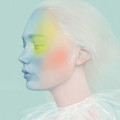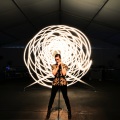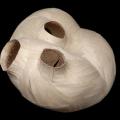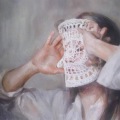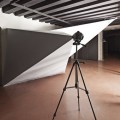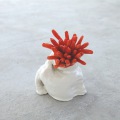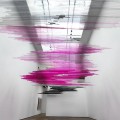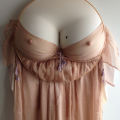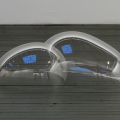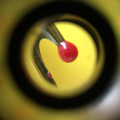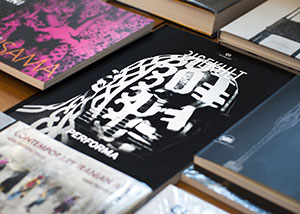“In a waiting room, one is, by definition, waiting, away from the hustle of everyday life. We are temporarily on hold, together but separate.” Drawing parallels between the mutually quiet and contemplative spaces of the gallery and the waiting room, Julie Cockburn has turned her attention to the unspoken human interactions that occur in such places. Likening contact between strangers to an ‘un- choreographed dance,’ Cockburn is interested in the sense of connection invoked by such awkwardly shared space and experience. She explores the impulsive judgments we make about one another, the fantastical histories, biographies and characters projected onto unknown faces; our imaginative attempts to understand those around us. The sense of ascribed narrative and emotional exploration created in Cockburn’s work is also reflected in her process in which she ‘opens a door for fantasy play’ and invites the viewer to do the same. In reassembling, stitching into and over-painting studio portraits from the 1940’s and 1950’s, she creates an imaginative and internal response “making tangible the emotions that are invoked in me by the people or places in the found images.” Geometric patterns and gestural scrawls stitched in brightly coloured thread re-work and transform the head and shoulders of the sitter. Initially composed on the computer, Cockburn conceives her carefully balanced colour combinations digitally before taking her needle to the original print. Often in striking contrast to the de-saturated vintage photographs, her vivid woven embellishment “delivers the images out of redundancy into a meaningful present”. (Jonathan P Watts)Removing each image from its original context, Cockburn opens up new possibilities of narrative interpretation about the lives of the anonymous sitter. As she describes: “It is the same process as sitting in the waiting room, making up stories about the strangers in the room.” Waiting Room can be interpreted as a metaphor for an internalized space of contemplation. Cockburn invites us to linger and engage in playful curiosity about our everyday interactions with the unfamiliar.
|
|
|




















